Construction, Infrastructure, and Engineering-Related Business
Since its’ inception, HLG Australia has been committed to the monitoring of market trends, consumer demand, legal changes, and investment dynamics in the construction, Infrastructure, and has acquired in-depth knowledge of the sectors in Australia and Asia Pacific region. Some of our management teams held senior management and advisory positions in major Australian companies in those sectors , has built relationships, and developed an exceptional reputation for identifying opportunities in the industries.
HLG Australia is aware of the signals its investment decisions send to Australia and global markets partners as visible votes of optimism and stability.
HLG Australia has confidence in the Australian and regional property, real estate, and industrial sectors. We trust in the socio-economic and political stability of Australia and the region, the continued rise of demand for affordable residential housing and commercial spaces, innovative goods, and services due to the rapid growth of the population, and noticeable changes in lifestyle trends.
Growth Overview – Surging Demand
In recent years, modernization has been taking over the country. Large buildings, skyscrapers, towers, etc., have grown like grass right in front of your eyes. The business industry is growing, meaning there’s a need for offices, industrial spaces, and retail shops buildings to be catered. This also means that there’s currently a demand for land spaces for the establishments and those buildings to be built, resulting in increasing demand for both construction resources and land spaces.
Spurred on by the vibrant economy and a lifestyle of international renown, immigration into Australia keeps growing. Since 2000, the population has grown by about 4,000 people per week.
As population centers expand, local governments have increased spending on large-scale infrastructure projects. Together with the resource sector boom, this accounts for extremely high levels of activity in the civil engineering and construction sector.In particular, transport and utility projects have become a focus for long-term investment. In 2005, the Australian Government established an Export Infrastructure Task Force to identify priorities and reduce impediments to investment.
More recently, the Government established Infrastructure Australia to coordinate a national approach to Australia’s future infrastructure needs. The agency has completed an audit of the nation’s economic assets and identified key themes to drive the development of Australia’s Infrastructure. These include broadband, energy grids: port productivity and land transport, public transport, and water supply.
Continued strong demand means the Government is keen for more foreign companies to enter the infrastructure development market, both to increase competition and relieve construction bottlenecks.
Billions of dollars’ worth of major infrastructure projects, either under construction or in the planning stage, are rapidly changing the face of Brisbane and Queensland. Bringing together public and private sector expertise in successful partnerships, the city, and the state’s multiple transport, energy, health, and education infrastructure projects present a wealth of opportunity for investors to tap into this critical sector of Brisbane’s growing economy.
Historically, the construction industry, particularly engineering construction, has been a significant component of Queensland’s economy. Over the past decade, engineering construction completed has grown fivefold from $7.5 billion in 2003 to $38 billion in 2013 in real terms. This growth has been primarily driven by massive investments in Queensland’s energy and resources sector and the need to build community and economic Infrastructure to cater for strong population growth in Brisbane and throughout Queensland (Source: Queensland Major Contractors Association and Construction Skills Queensland, 2014 Major Projects Report: Queensland Engineering Construction Outlook).
Queensland Budget Doubles Down on Infrastructure Spending
The Government of Queensland would spend $49.5 billion on infrastructure investment over four years, with a big focus on spending in Queensland’s regions.
Infrastructure projects completed or underway
• The Smithfield Bypass in far-north Queensland
• The Berth 4 upgrade at the Port of Townsville
• The Mackay Ring Road
• The Rockhampton Ring Road
• The Capricornia Correctional Centre expansion
• Major upgrades to the Bruce Highway
• The Sunshine Coast University Hospital
• The Gold Coast Light Rail extension
• The Kingaroy and Roma Hospital redevelopments.
• Expanding the Townsville Port
• Upgrading to the RG Tanna Coal Terminal in Gladstone
• Upgrading the M1 at key congestion points
• Delivering the Cross River Rail
• The new North Queensland Stadium
Source: https://theurbandeveloper.com/articles/queensland-budget-2019-20
Tailored solutions to drive business models of the future
Automation and digitalization are rapidly changing the way we do business – and the way we build and live. HLG Holding Australia seeks to support investments in construction, Infraestructure, and industrial services. We aim to facilitate the offering of sustainable project delivery solutions, hi-tech innovations (e.g formwork designs and construction , AI, urban fire systems, a supply of Cement and building materials, infrastructure management ), and specialized industrial engineering services.
We aim to combine these solutions with unparalleled Australian know-how in asset management and investment expertise to ensure business investment enhances competitiveness, generates higher value, and provides a solid foundation for growth.
Our strategy is to grow exponentially in the next decade; thus, we seek to obtain significant holding stakes in companies in these sectors to secure sustainable financial returns to our investors, partners, and shareholders.










